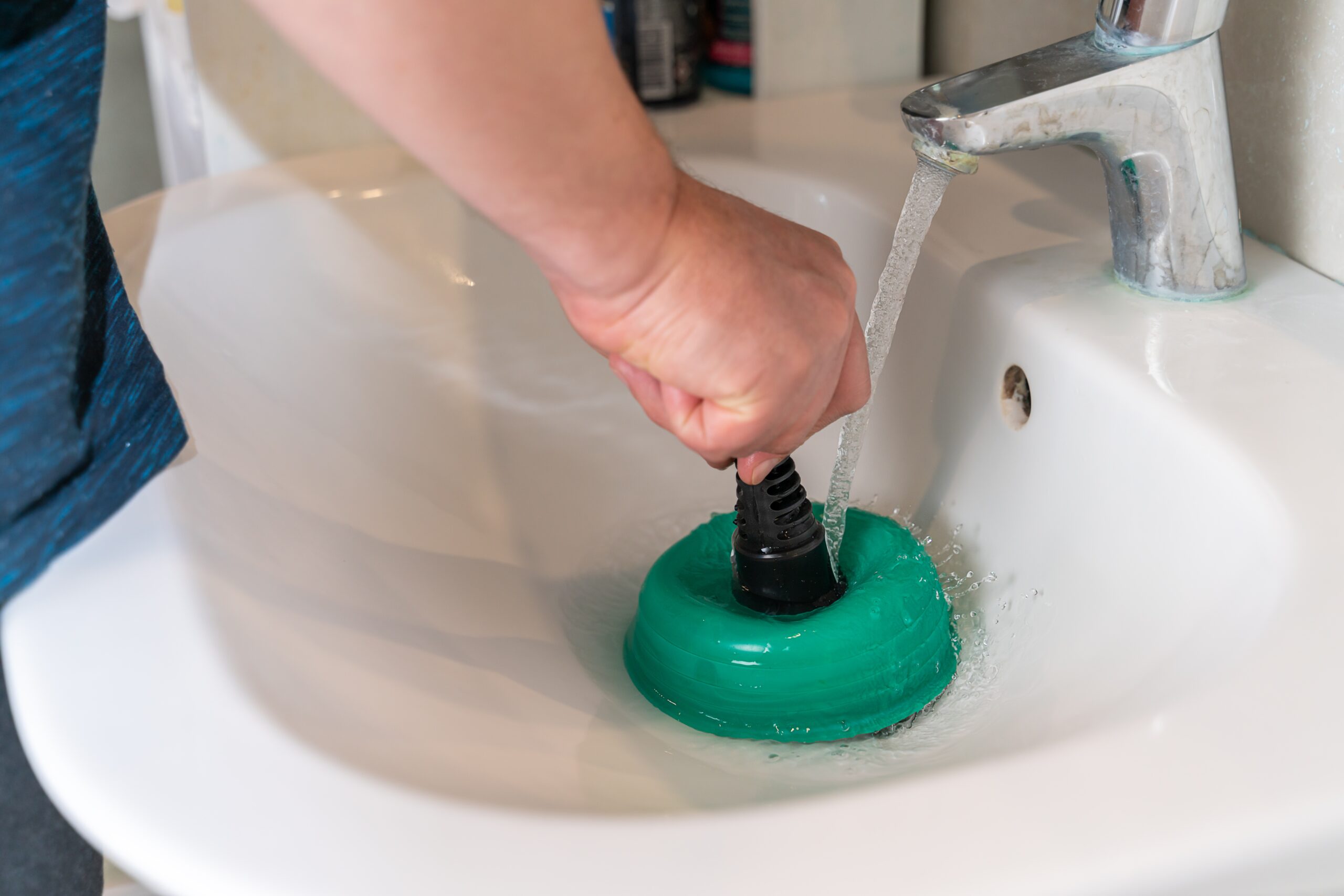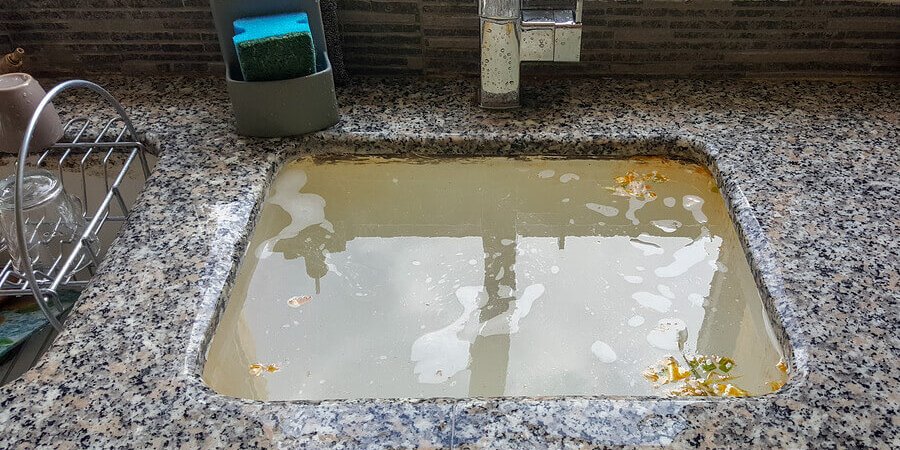They are making a number of great annotation on How to handle a clogged drain in your home overall in this post on the next paragraphs.

Introduction
Dealing with a blocked drainpipe can be an irritating experience, interfering with day-to-day tasks and possibly triggering damages to your property. Nonetheless, before reaching out to plumbing specialists, there are steps you can require to attend to the concern yourself. In this overview, we'll explore do it yourself services and preventive measures to deal with a blocked drain properly.
Determining the Concern
The very first step in attending to a blocked drain is recognizing the signs. Slow drainage, gurgling audios, foul odors rising from drains pipes, or water backing up prevail signs of an obstructed drainpipe. Determining these indicators early can assist avoid even more difficulties.
Usual Reasons For Blocked Drainpipes
Comprehending the variables that add to drain clogs is necessary for reliable resolution. Common perpetrators consist of hair, soap scum, grease, food debris, and foreign items like hygienic products or paper towels. Tree origins invading underground pipes can additionally create significant clogs.
DIY Solutions
For minor obstructions, a number of do it yourself services can be efficient. Putting boiling thin down the drainpipe can aid dissolve oil and particles. Baking soda and vinegar or a mixture of salt and baking soda can act as natural cleansers. Making use of a bettor or pipes serpent to displace obstructions is one more option.
Tools and Devices
Having the right tools handy can make do it yourself drain cleaning up extra effective. A plunger is a functional tool for getting rid of obstructions in sinks, bathrooms, and showers. A plumbing snake or auger can reach much deeper clogs, while drain cleaning chemicals can be used cautiously for persistent clogs.
Preventive Measures
To stay clear of future blockages, adopting safety nets is vital. Mount drainpipe guards or filters to catch hair and debris before they get in the pipelines. Routinely flush drains pipes with warm water to dissolve oil build-up, and avoid getting rid of grease or solid waste down the tubes.
When to Call a Specialist
While do it yourself options can solve minor clogs, certain signs indicate the requirement for specialist assistance. Persistent obstructions, foul odors regardless of cleaning efforts, or multiple drains pipes supporting all at once are warnings that call for expert intervention.
Choosing the Right Pipes Service
When choosing a pipes solution, take into consideration factors such as experience, licensing, and consumer testimonials. Choose a reliable plumbing with a performance history of quality craftsmanship and transparent pricing techniques.
Expense Considerations
The cost of specialist drainpipe cleaning company can differ relying on the extent of the blockage and the plumbing technician's rates. Demand quotes from multiple service providers and ask about any kind of additional charges to ensure openness and prevent surprises.
Safety Measures
When attempting do it yourself drain cleansing, prioritize security. Wear safety handwear covers and eyeglasses to avoid contact with hazardous chemicals or microorganisms. Never mix various drainpipe cleaning items, as this can create unsafe fumes.
Case Studies
Real-life examples show the effectiveness of DIY services and the importance of timely professional treatment in dealing with drain obstructions.
Verdict
By complying with the ideas described in this guide, you can successfully take on obstructed drains and avoid future plumbing issues. Whether choosing DIY solutions or looking for specialist help, punctual action is crucial to preserving a healthy pipes system and maintaining the integrity of your home.
WHAT I LEARNED FROM TRYING TO DEAL WITH A CLOGGED DRAIN
We have had our share of seepages and other annoying things that are part of living, especially in an apartment complex. And if there’s one thing that’s terrifying for a homeowner—or even someone in a rented home—it is a clogged drain, indoors or outdoors.
We enjoy our living space, but it’s simply a fact of life that dead skin, soap and a host of other items go down the drain; eventually, the residue builds up and prevents anything from moving. Ugh.
Not Calling A Professional
Of course, it might seem simple to just whip the pipe off under the sink and see if you can unblock it. Unfortunately, what if the blockage isn’t there, or you don’t reconnect it properly? Worse, you might break a piece and have no drainage system. Can you imagine that scene? Yuck!
Not Watching Your Waste
This will sound d’uh, but the best tip I can give you for drain cleaning is to avoid clogging the drain in the first place! You can do this by monitoring what goes down the drain and catching the items which are most likely to give you a problem. Invariably hair, vegetable peels, and large wads of toilet paper are the most obvious culprits. Add a filter—these are available in hardware stores and can be removed and cleaned easily.
Poking The Drain
The first urge with a clogged drain is to poke at it with a stick or anything that resembles a stick. Sadly, this does not result in magically solving the issue. The mental image is, naturally, one of the stick just pushing through the offending item and all is well again. Reality is quite different and unpleasant and likely to lead to further problems.
The thing is, every drain has a series of bends that are not visible to us. Drains are built this way to prevent gases from entering the house. What happens when you poke a stick into the drain? Of course, it can’t bend around the corner. The more adventurous people will use force and end up wedging the stick or causing it to break off in the pipe—creating an even bigger issue. Worst thing? The stick will shift the block further down the pipe, creating the space for more to collect. Go ahead! Roll your eyes!
Using The Wrong Plunger
You know what they say: the right tool for the right job! Did you know there are different types of plungers besides the basic one we keep at home for an emergency? Yes, there are. For example, the toilet plunger has a bell-shaped bottom while the sink plunger is flat. This is an important difference and using the wrong plunger will be useless. There’s also a knack in using plungers—they must be placed in such a way that they create an airtight seal and then, moved slowly up and down—not as fast as we imagine.
https://vidyasury.com/2018/01/learned-trying-deal-clogged-drain.html

I'm very serious about and I'm hoping you appreciated the entire piece. Sharing is caring. One never knows, you could be helping someone out. Thanks for your time spent reading it.
Schedule A Service Call
Comments on “Tips for Managing a Blocked Drain Prior to Contacting Plumbing Professionals”